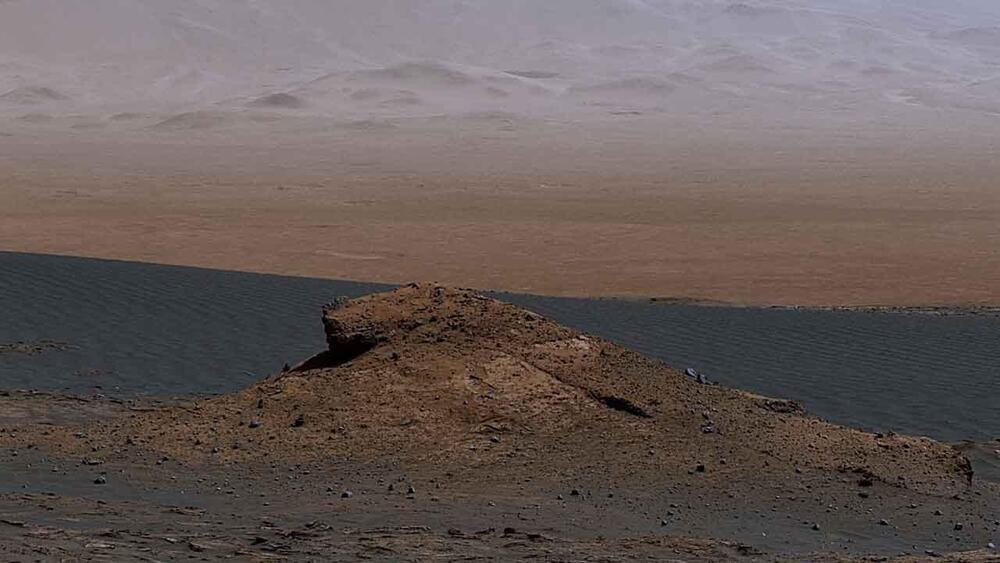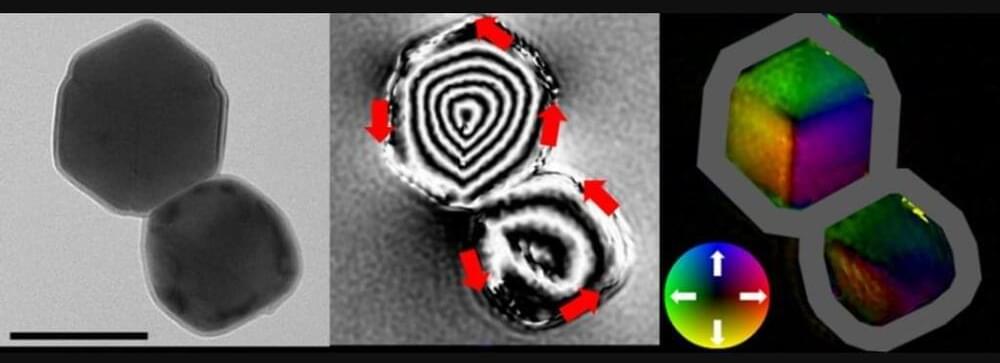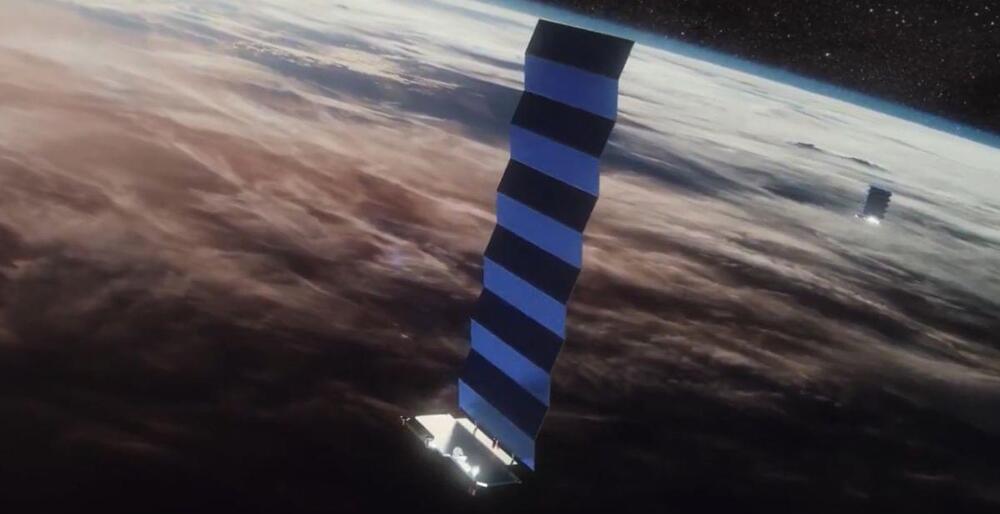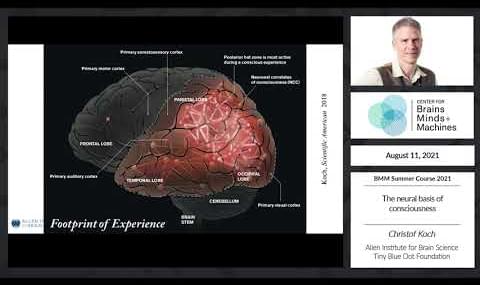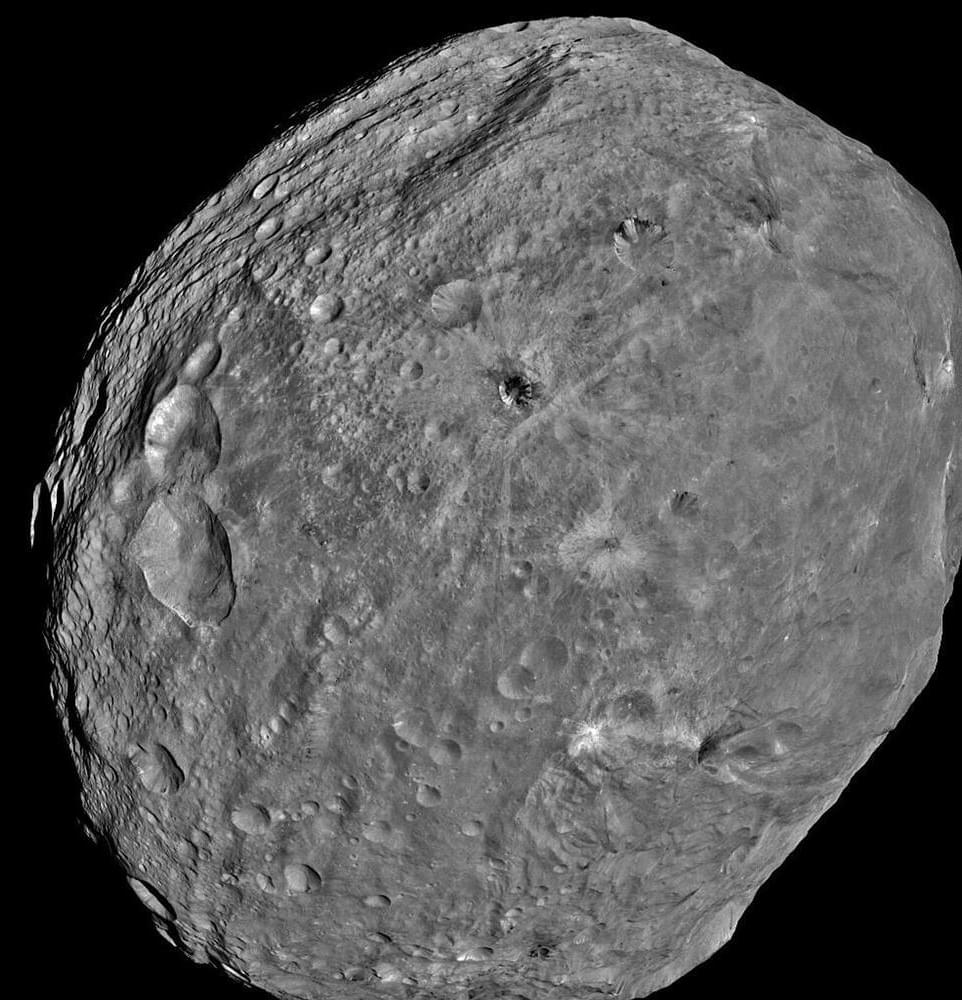Aug 19, 2021
Silicon Valley Neologisms: The Palantir Edition
Posted by Alan Jurisson in categories: climatology, robotics/AI, satellites, sustainability
https://youtube.com/watch?v=3zLFLotBFbA
Do you remember the Zuckerland metaverse? (Yes, I know he borrowed the word, but when you are president of a digital country, does anyone dare challenge Zuck the First, Le Roi Numérique?)
Palantir Technologies (the Seeing Stone outfit with the warm up jacket fashion bug) introduced a tasty bit of jargon-market speak in its Q22021earnings call:
Continue reading “Silicon Valley Neologisms: The Palantir Edition” »
